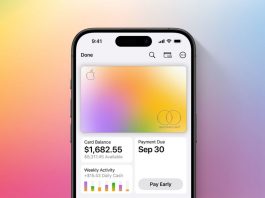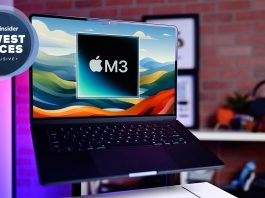
After adding Help me write, Tab Organizer, and a Gemini shortcut earlier this year, Google is rolling out the next set of AI-powered features to desktop Chrome, including a promising conversational search experience for browsing history and improved visual search. Broadly, Google wants to add AI features that make your “browsing experience even more helpful.”
First up is a Google Lens shortcut in the address bar to launch a Circle to Search-like experience. You can also access it from the bottom of the three-dot overflow menu or the right-click menu.
Chrome already has visual search, but this upgraded version is more inline with what Android offers. It allows you to refine the query (like asking for products in a different color) and ask follow-up questions thanks to multimodal Multisearch. A Google Lens side panel will show visual matches with that ability to “Add to your search.”
Officially, it’s a “Drag to search” gesture with your cursor replaced by a loupe icon to select text, static images, and videos on the page. There’s object recognition and OCR (optical character recognition) capabilities to recognize text, with shortcuts to Copy and Translate words/sentences upon highlight.
This new Google Lens in Chrome is rolling out globally over the coming days.
Meanwhile, Google is integrating AI (large language models) to your Chrome browsing history for a conversational search experience. The goal is to let you find pages if you don’t remember the precise details. An example query is: “Where was that ice cream shop I looked at last week.” Chrome will look at your browsing history, including page titles and URLs, to surface that page.
You can enter your natural language query from the address bar with @history or use chrome://history. Chrome will then show the best result (link) below for you to visit. This is an opt-in feature that you have to manually enable and can leave at any time. When this launches in the “coming weeks” (starting in the US), cloud models will be leveraged.

Finally, Tab Compare will let you compare information on multiple pages. Starting with products across multiple tabs, Chrome will generate AI overviews. The focus at launch (in the “next few weeks” for the US) is on comparison shopping, but the aim is to expand to other areas in the future.
Imagine you’re looking for a new Bluetooth portable speaker for an upcoming trip, but the product details and reviews are spread across different pages and websites. Soon, Chrome will offer to generate a comparison table by showing a suggestion next to your tabs. By bringing all the essential details — product specs, features, price, ratings — into one tab, you’ll be able to easily compare and make an informed decision without the endless tab switching.

FTC: We use income earning auto affiliate links. More.



